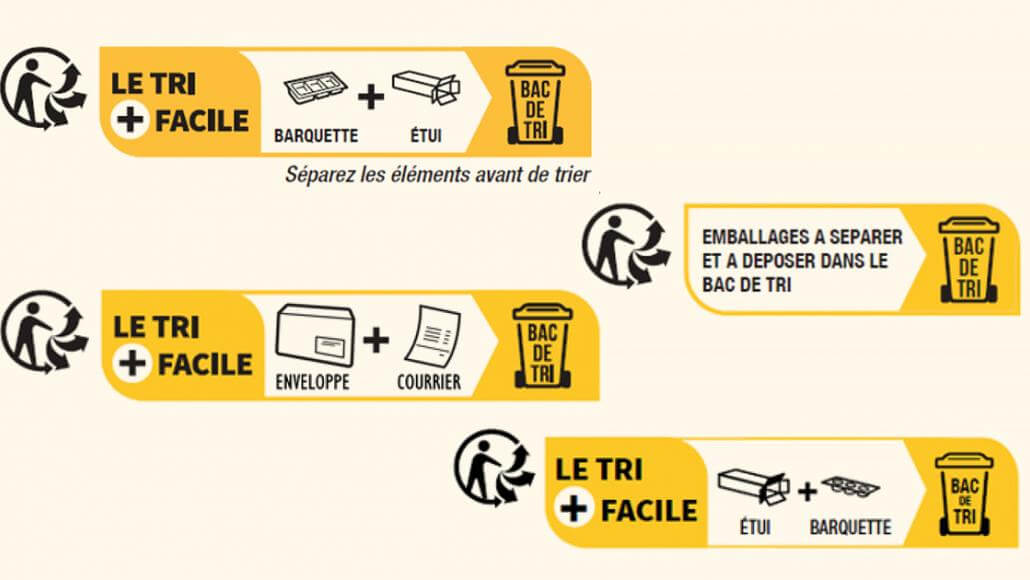The EU Packaging Waste Directive, known as Directive 94/62/EC, sets out the rules for packaging waste recycling across the EU. It was amended in July 2018 by Directive (EU) 2018/852, with the aim of raising recycling quotas and minimising the environmental impact of packaging waste.
The directive stipulates that all packaging must be appropriately labelled to support recycling, reuse and collection of packaging waste.
This presents manufacturers and sellers with a complex challenge. According to the directive, each EU member state must incorporate its rules in their national laws. But each EU member is free to interpret those packaging rules in their own way, including recycling labelling specifications. That means companies face the future potential challenge of satisfying the individual labelling requirements of up to 27 different national laws.
Manufacturers and sellers must now consider the option of manufacturing market-specific packaging for their products – particularly challenging for cross-border e-commerce. Or they must find a way to print different national marking requirements on the same packaging.
Current rules on environmental labelling
A number of EU member states have already enshrined their individual interpretations of the Directive in national laws.
France
As of 9 March 2023, any B2C packaging produced since 9 September 2022, must display the Triman pictogram, together with specific sorting information.

Italy
From 1 January 2023 it is obligatory for all packaging (both B2B and B2C) to be labelled with recycling material codes. For all consumer product packaging it is also mandatory for packaging to feature text on its disposal, e.g. RACCOLTA DIFFERENZIATA. Plastica, Carta. Verifica le disposizioni del tuo Comune.”
![]()
Möbius Loop
Germany
Marking packaging with recycling material codes is currently optional.
Bulgaria and Slovenia
Since 1 January 2022, it has been mandatory to label packaging with recycling material codes.
Other countries are expected to follow suit, introducing their own interpretations of labelling requirements.
One solution is to produce different packaging for each country. But that requires complex planning, creates costly and time-consuming inventory management challenges, and blocks companies’ ability to redirect product supply to different markets to meet demand.
Another option: using adhesive labels, applied by hand. However, this is also costly and time-consuming; and vulnerable to human error, risking the penalties of non-compliance.
But there is an answer
Choose an industrial printer with the high performance and versatility to meet the challenging print requirements of these different labelling specifications on the same piece of packaging.
Most industrial printers are not up to the job. Many CIJ printers, for example, are not capable of printing complex symbols, such as the French Triman logo. But there are advanced TIJ printers on the market that have the capability to print even the most complex pictograms in high resolution. edding compact printers enable you to print multiple logos in close proximity, meeting the labelling requirements of different countries in the restricted space available on the packaging.
There is also a requirement in some EU member states to print the recycling symbols and labels on each separate piece of packaging. So it’s important to choose a printer with the ability to print on multiple substrates: from glass and metals to wood and plastics.
Combining advanced TIJ technology with edding’s wide range of expert inks, edding compact printers can print logos, texts, datamatrix codes and barcodes in crisp, high resolution on almost any substrate.
To discuss how edding compact printers can meet your labelling needs contact us here.
